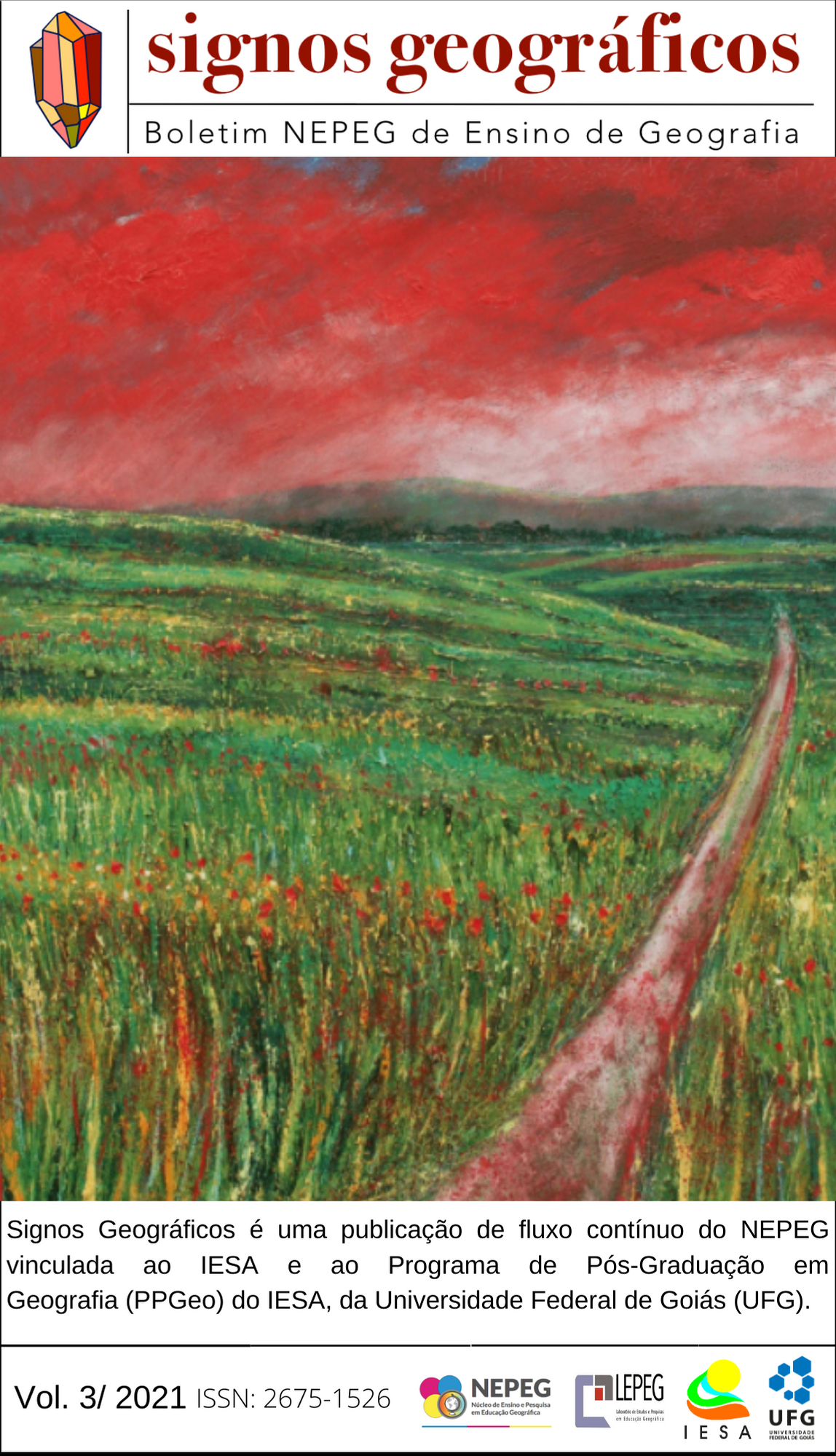DIGITAL INCLUSION IN RURAL SCHOOLS, STUDY ON THE DIDACTIC USE OF INTERACTIVE MUNICIPAL ELECTRONIC ATLAS
Keywords:
school cartography, electronic atlas, digital inclusion, rural schoolsAbstract
When teaching Geography, we need to be able to explain Cartography by relating it to the world we live in. This framework makes it possible for students to understand the degrees of scale. Therefore, it is important to use maps in education from the initial years of elementary school. The changes in technology are important because they enable us to transform teaching and learning methods and provide digital inclusion in schools and encourage students to actively participate in the learning process. Online mapping tools and municipal electronic atlases are tools that can support teaching, in an interactive and enjoyable way, and encourage students to appreciate and interpret the geography around them. While many teaching resources are available on the internet, rural schools still do not always have easy access. There is some difficulty in including such technology in these schools. As a result, the increase in municipal electronic atlases has led to a new idea to encourage greater digital inclusion. The objective of this therefore is to assess the effects of the use of digital technology in rural schools in the municipality of Restinga Sêca, RS, specifically the use of the Electronic and Socioeconomic Atlas of the municipality of Restinga Sêca. Activities on basic and topical cartography were conducted with students from the 6th year of elementary school, at different rural schools in the municipality. It was found that digital inclusion by using the Municipal Electronic Atlas produced significant benefits and advantages both in teaching Geography and in how the learning process and cognitive progress was viewed.








